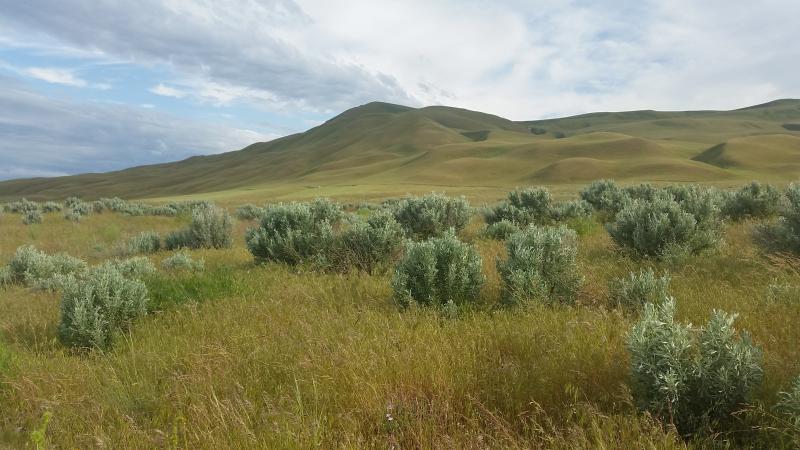Project Final Report:
https://www.firescience.gov/projects/15-1-07-2/project/15-1-07-2_final_report.pdf
About This Research:
Sagebrush steppe ecosystems are among the most imperiled in the western United States. In the Columbia Basin, sagebrush steppe has declined in extent due largely to clearing for agriculture and invasion by annual grasses following repeated wildfires. Most research on successional dynamics in this system, however, has been based on a limited range of conditions and datasets covering the period soon after fire. Our previous work in this system has shown that long-term monitoring is necessary to distinguish temporary changes in species composition from permanent changes in ecosystem state. Using a variety of data sources, we are investigating how sagebrush steppe communities in the Columbia Basin have changed over the past several decades on public lands, military lands, on private ranchland, and at the rural-urban interface. Our goal is to quantify successional pathways in response to these factors and develop a quantitative state-and-transition model that managers can apply across a range of environmental contexts.
Our project is a multi-agency collaboration based at the University of Washington and The Ohio State University. We work with the Department of Defense, US Fish & Wildlife Service, Bureau of Land Management, and other public and private landowners. This project is funded by a grant from the Joint Fire Science Program.

P.C. Claire Wainwright, Fitzner-Eberhart Arid Lands Ecology Reserve, US Fish & Wildlife Service.